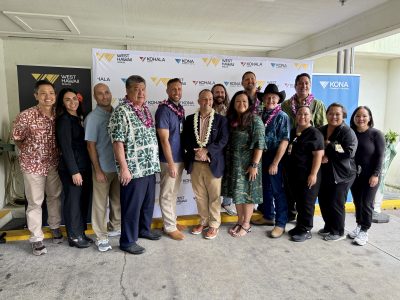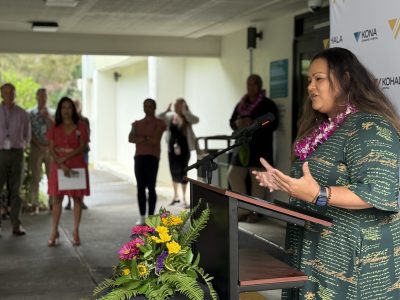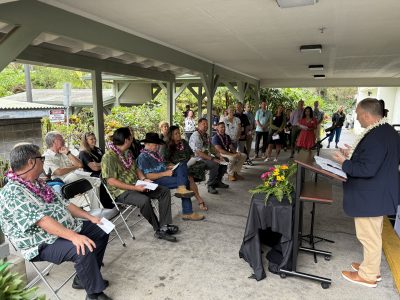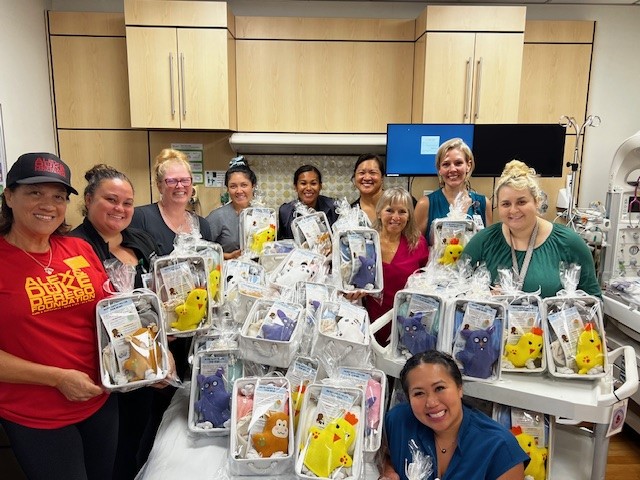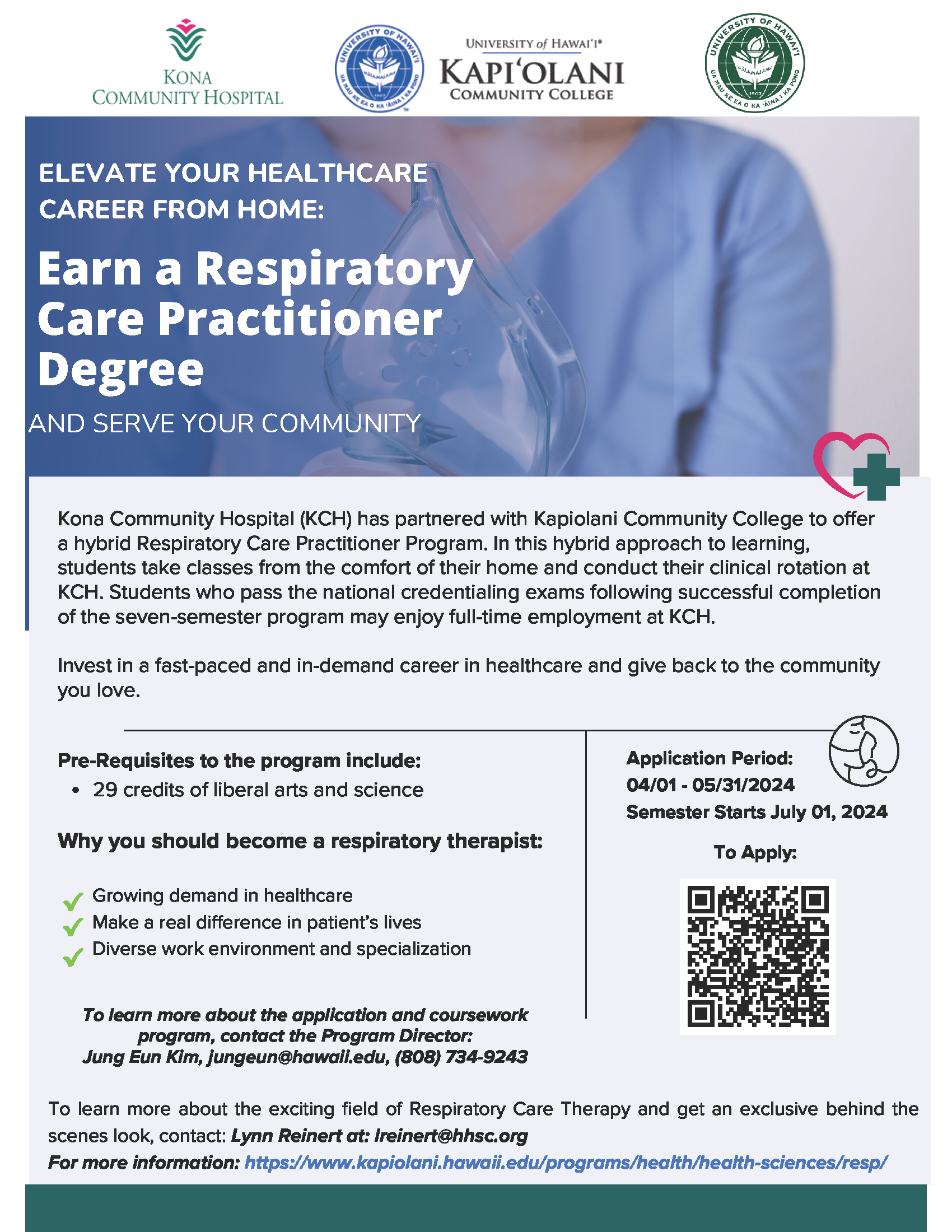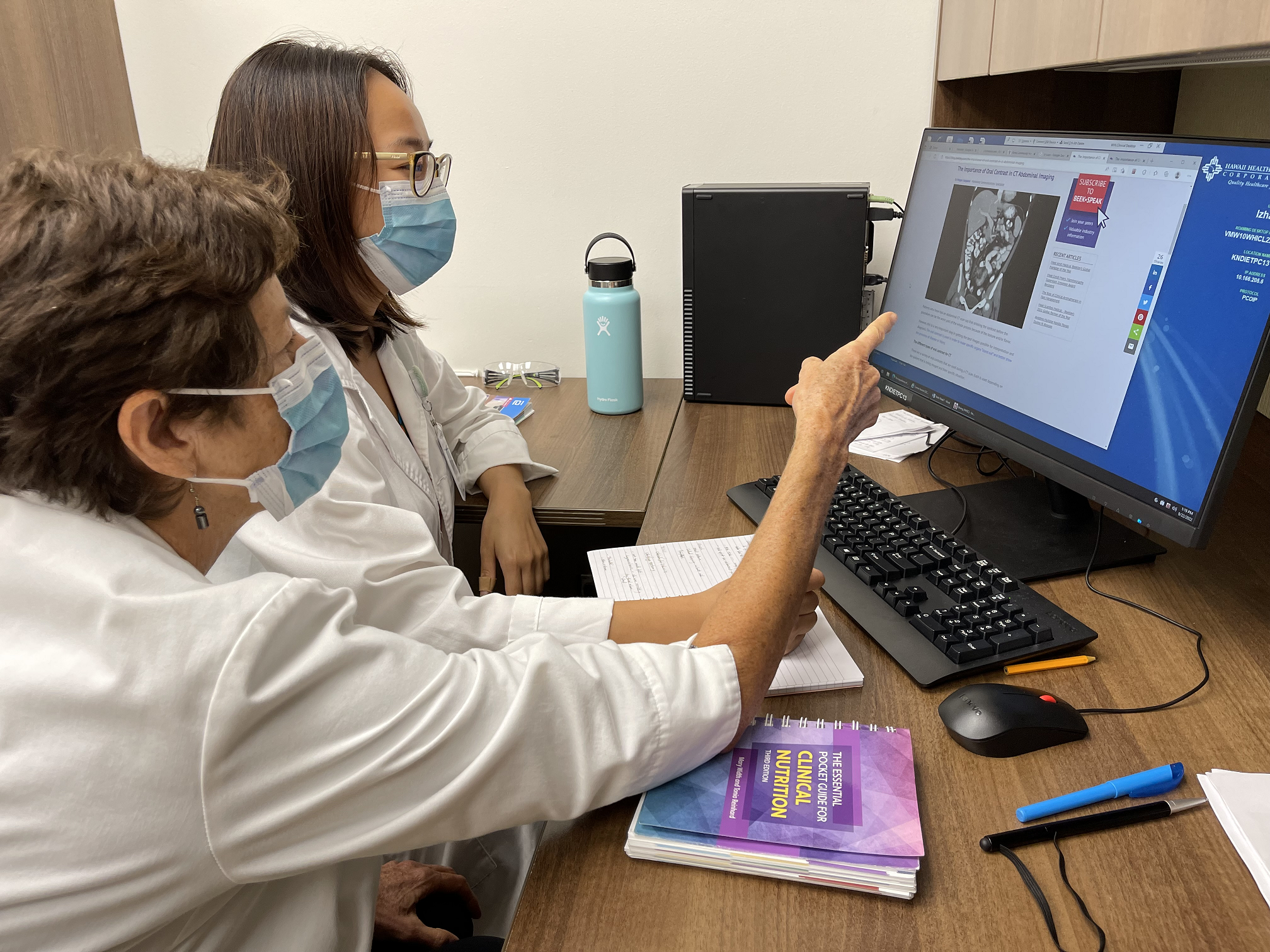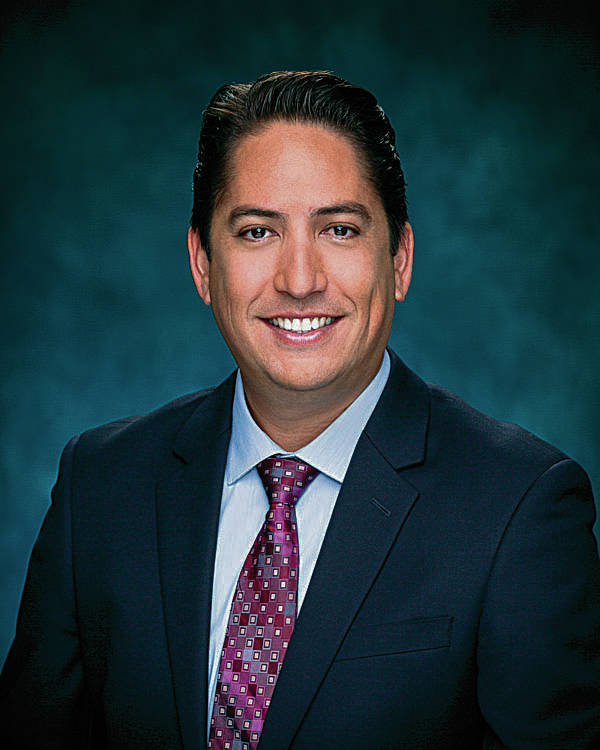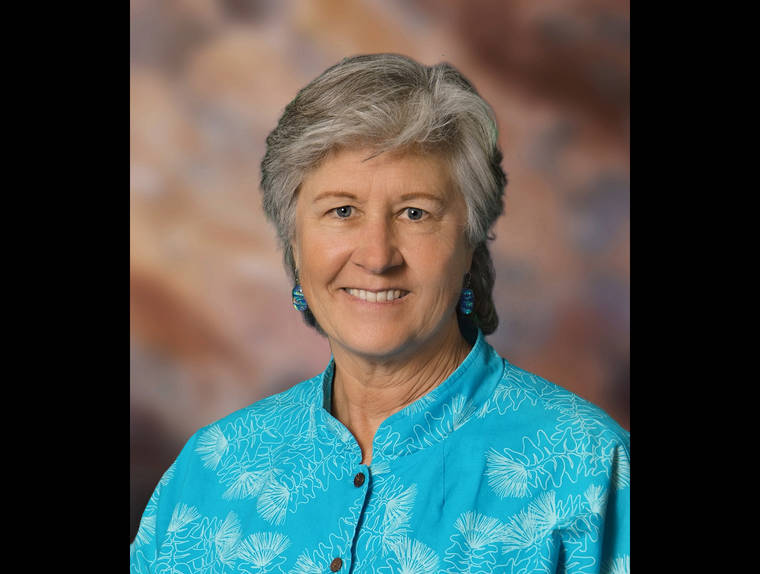COVID Taking Emotional Toll on Hawai‘i Island Keiki
November 25, 2020, 4:20 PM HST (Updated November 25, 2020, 4:23 PM)
Hawai‘i Island keiki in a mental health crisis are waiting days for inpatient treatment as the demand for services has grown and the already limited resources are strained.
Emergency department (ED) directors from Kona Community Hospital and Hilo Medical Center attested to the rise in the number of juveniles experiencing depression, anxiety, and suicidal thoughts as the COVID-19 pandemic drags on, restricting large gatherings, keeping students out of classrooms and upending youths’ social lives.
“Prior to COVID, you’d see maybe one or two pediatric (mental health) complaints in the ED. It’s definitely increased since the start of COVID,” said Toni Higa, HMC Emergency Department Nurse Manager. “Now, it’s not uncommon for us to see a handful in a week’s period.”
The pandemic has exacerbated an already strained inpatient care system due to unavailable bed space and temporarily halting admittance to stem the spread of the virus, said Richard Mears, Behavioral Health Nurse Manager at KCH. Both HMC and KCH say children can spend days in the emergency department just waiting for a bed to open up on O‘ahu.
“We’ve had kids waiting five to six days,” said Audrey McCandless, medical director for the emergency department at KCH, told Big Island Now.
Just in the past week, Higa said, HMC had two instances where children had to wait a week to fly out to O‘ahu for treatment. One was a teenager and another was under the age of 10.
How to get help:
Click here for Behavioral Health Specialist Support at the schools.
Statewide crisis hotline is 800-753-6879. People can also text “Aloha” to 741741.
Hawai‘i Keiki at 844-436-3888.
McCandless said the hospital is seeing an increase in children between the ages of 12 and 15 suffering from depression, anxiety, and behavioral issues.
“I can’t say the rise is specifically due to COVID,” McCandless explained. “(However), something has changed, and that’s the most obvious reason.”
Routine Disrupted
The Department of Education moved to a virtual learning model after spring break of the 2019-20 school year. There were no graduation ceremonies, parties, or May Day celebrations.
While the DOE started the 2020-21 school year in a blended learning model, providing in-person and distance learning instruction, area complexes had to readjust their plans after reports surfaced of students and teachers coming down with the virus statewide.
Kelly Stern, District Educational Specialist for School-Based Behavioral Health at the West Hawai‘i Complex Area, said each school in the complex has a different learning model they’re following.
Despite the virtual learning atmosphere, counselors continue to reach out to children who might be in need. In a normal school year, counselors see a lot of kids. While the numbers haven’t really changed, they are still worried about the students.
“Since we’ve gone into a virtual platform, we’re concerned because there are kids we’ve had no contact with and don’t know why,” Stern said.
Additionally, children who normally excel in school are showing signs of anxiety and depression.
“I think any of us parents who are having to help our children with distance learning can attest to the fact that it’s stressful,” Higa said. “It’s a break in their routine, and they don’t have the outlets and social interactions.”
Higa said the emergency department at HMC is treating a lot of depression and anxiety in minors who are being brought in for treatment.
“There’s a good portion of kids who come in who already have a history of mental illness,” she explained. “They’re having a lot of anxiety and trouble coping.”
McCandless noted this is a critical time for children, especially middle schoolers, as they are learning who they are as people.
“Teens build their lives around their peers,” McCandless said. “They’re developmental job is to distance themselves from parents.”
Resources are Limited
It is common for parents to bring their children to the hospital if they are suffering from depression, anxiety, suicidal thoughts, or behavioral issues. With no inpatient facility on the Big Island to help keiki in crisis, the only two places available statewide are on O‘ahu — Kāhi Mōhala and Queen’s Medical Center.
“(Parents) bring them to the hospital because they don’t know what to do,” McCandless said.
Behavioral health centers at KCH and HMC don’t have beds available for juveniles. As a result, the hospitals rely on community partners to assist youth in crisis. Since there are no mental health resources for children, Mears said, the hospital is assisted by mostly private practitioners.
Jessica Stevens, HMC’s Behavioral Health Nurse Manager, said these community partners were already at their max for servicing the public before COVID. The virus has added an even higher level of demand.
In ordinary circumstances, Stevens explained, it’s not uncommon for people to make appointments with doctors or therapists and have visits be scheduled months in advance.
“You add a pandemic and this is what we have — our resources are just maxed to the brink whether it be outpatient (or) inpatient,” Stevens explained.

How to Help
With few resources in place, McCandless encourages parents to pay attention to what their kids are saying.
“Don’t blow off what they’re telling you as teenage angst,” McCandless said. “Expressing suicidal thoughts is not normal teenage behavior.”
On a county level, McCandless added there needs to be a plan on how to get kids back to school safely.
Higa thinks it’s important that children and adults stick to a routine and talk about what’s stressing them out.
Stevens said some red flags to watch for are a change in someone’s appetite, if they’re withdrawn, and if things like hobbies no longer bring them joy.
Stevens added no one foresaw how long the pandemic would impact everyone’s lives.
“We’re in uncharted territory,” she said.
“With COVID, people feel isolated, they feel alone, and it’s hard even trying to get follow-up appointments with doctors,” Stevens said, adding people should maintain their family connections.
“We may not be able to have face-to-face inaction, but still try to keep in contact,” she suggested. “Times are hard for everybody. The reality is we need to be mindful and just help ourselves get through it.”
The schools are also finding ways to be proactive and help children who are struggling. Stern said teachers are going through training to recognize anxiety or depression. Teachers have also been referring students to counselors.
Parents may always check in with a school counselor if they have concerns about their children. Click here for Behavioral Health Specialist Support at the schools.
The statewide crisis hotline is 800-753-6879. People can also text “Aloha” to 741741.
Parents may also call Hawai‘i Keiki at 844-436-3888, the DOE’s partner with the University of Hawai‘i at Mānoa advance practice nurses (APRN) for health and mental health concerns. They are available Monday through Friday from 8 a.m. to 3 p.m., excluding holidays and breaks.

